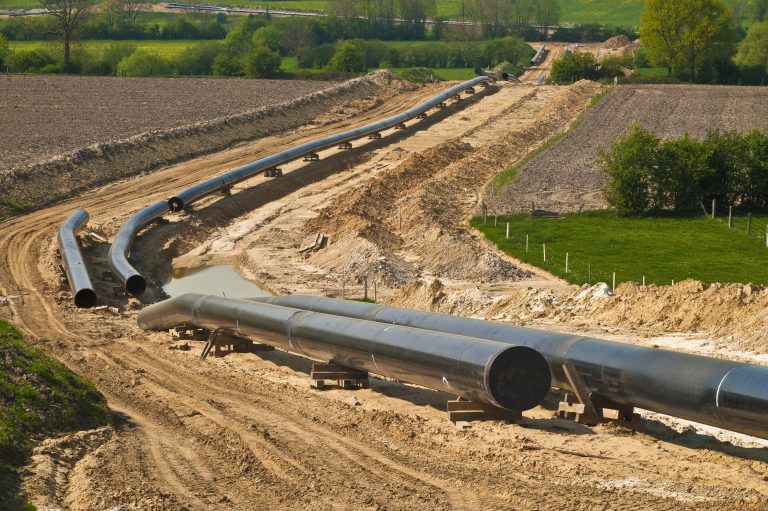Despite Years of Safe Operation, Tribe Continues to Baselessly Oppose DAPL
The Bismarck Tribune today reported the Standing Rock Sioux and other tribes in the Dakotas have again asked a federal judge to stop the flow of oil in the Dakota Access Pipeline. This comes after more than three years of safe operation, transporting up to 570,000 bpd from the Bakken oilfields of North Dakota to an oil terminal in southern Illinois.
But despite DAPL’s impressive safety record, tribes contend that the potential harm to their water supply outweighs any economic impacts of shutting down the line. The U.S. Army Corps of Engineers maintains that the tribe fails to recognize that the risks of an extreme spill, which could only result from a “perfect storm” of malfunctions and operator errors, are “not just low, but remote and speculative.” Further, the Corps explains that many of these worst-case-scenarios that the Tribe has propagated in court are “not just unlikely, but physically impossible.”
As GAIN has previously pointed out, oil and natural gas pipelines crossed beneath the Missouri River upstream of the SRST’s reservation long before the Dakota Access Pipeline was built. In fact, DAPL’s Lake Oahe crossing runs adjacent to an interstate natural gas pipeline built in 1982. Further upstream, there are at least four other pipeline crossing along with a major refining complex located adjacent to the river. But unlike DAPL, the SRST didn’t subject these projects to months of disruptive protests or lengthy litigation.
Over their two-year rigorous permitting and review of DAPL, the U.S. Army Corps of Engineers found that the materials and methods to construct the pipeline pose minimal risk:
“Given the HDD approach used for both crossings and the avoidance of impacts that results from this technique, the attempt to cross at a narrow expanse of the river further limiting risk, the reduced potential for impacts resulting from the HDD process, movement of a pump station away from the River at the request of the Corps, the necessity to cross the Missouri River in at least one location, and the federal programs governing response actions, the risk to water resources from this crossing are minimal.”
Perhaps even more significant though is the SRST’s decision to relocate its water intake facility less than two miles downstream of a railroad bridge used to carry oil tank cars over the river. Statistically, pipelines are 451 times safer than rail according to the U.S. Department of Transportation, yet the tribe is more concerned about the Dakota Access Pipeline—located nearly 70 miles away –than it is about a railroad located within eyesight of its water intake plant.

